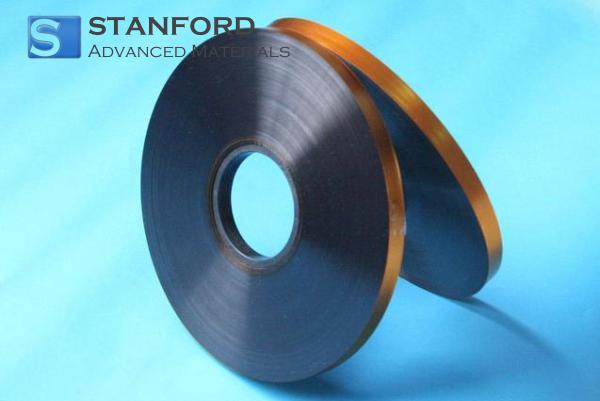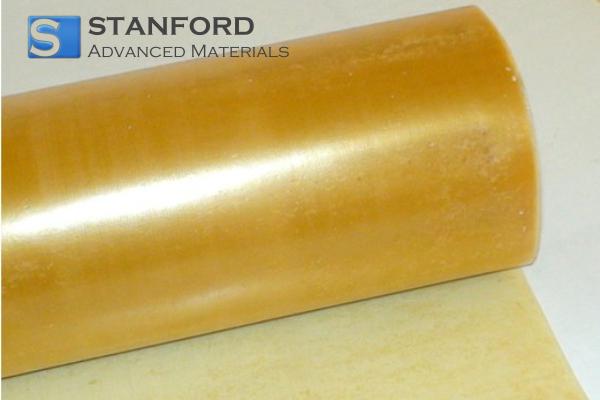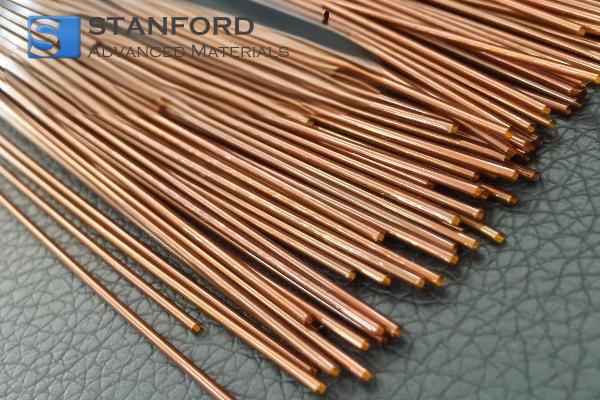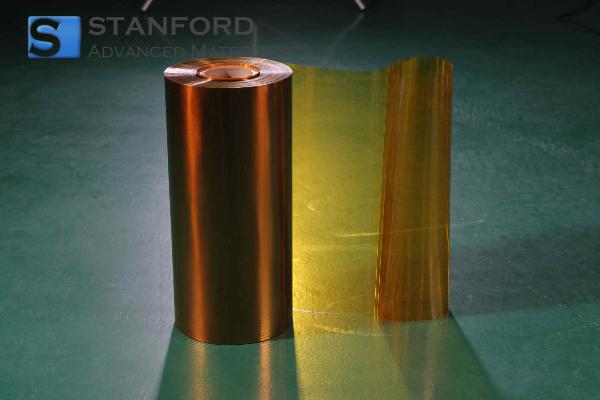Silicon: Element Properties And Uses
Description
Silicon is a chemical element with the symbol Si and the atomic number 14. It is a commonly occurring element in nature and plays an important role in various industries.
Introduction to the Element
Silicon is a metalloid, that is, it exhibits properties of both metals and non-metals. It is the second most abundant element in the Earth's crust after oxygen. In nature, it is primarily found as silicates and silicon dioxide (SiO₂). Silicon is essential for the manufacture of semiconductors, solar cells and glass.
Chemical Properties
Silicon is a relatively stable element which forms stable compounds with most elements, particularly with oxygen, thereby producing silicates. In the majority of its compounds, including silicon dioxide (SiO₂) and various silicates, it exhibits an oxidation state of +4. It reacts with halogens such as chlorine, bromine and iodine to form silicon halides such as SiCl₄. At elevated temperatures, silicon can react with metals such as magnesium to produce silicides.
Physical Properties
Silicon is a hard, brittle crystalline solid with a bluish-grey metallic lustre. It has a high melting point of 1 414°C (2 577°F) and, in its pure form, is a poor electrical conductor, although its conductivity increases when doped with certain elements. Its hardness and heat resistance make silicon valuable for industrial high performance applications.
|
Property |
Value |
|
Atomic Number |
14 |
|
Atomic Mass |
28.0855 g/mol |
|
Density |
2.33 g/cm³ |
|
Melting Point |
1 414°C |
|
3 265°C |
|
|
Electrical Conductivity |
Poor (in pure form) |
|
Crystal Structure |
Diamond cubic |
|
Colour |
Bluish grey |
Common Uses
Silicon is extensively used in the manufacture of semiconductors which are essential for electronic devices such as computers, smartphones and solar cells. It is also a major component of the glass manufacturing industry as it forms the principal constituent of most types of glass. Furthermore, silicon is utilised in the production of alloys such as steel and aluminium, where it improves strength and oxidation resistance.
Silicon-based compounds, such as silicon carbide (SiC), are applied in high temperature and high voltage applications. The semiconductor industry requires silicon for microprocessors, sensors and integrated circuits.
Manufacturing Process
Silicon is primarily produced by the reduction of silicon dioxide in an electric arc furnace. In this method, known as the Siemens process, silicon dioxide (SiO₂) is combined with carbon (typically in the form of coke) at temperatures exceeding 2 000°C to produce silicon.
In industry, silicon can also be extracted from its ores using various methods, depending on the desired purity and form of silicon. High purity silicon is manufactured for semiconductor applications, whereas silicon with lower purity is used for purposes such as the production of concrete and glass.
Related Industrial Products
Silicon participates in the production of several important industrial products:
- Semiconductors: Used in the manufacture of computer chips, sensors and solar cells.
- Glass: Silicon dioxide is an important component in all glass products.
- Concrete: Silicon-based compounds contribute to the strength and durability of concrete.
- Silicon Alloys: For example, ferrosilicon is used to improve the properties of steel and aluminium.
- Silicon Carbide: Used in high performance abrasives and in the production of electrical components.
Frequently Asked Questions
How is silicon primarily used in modern technology?
Silicon is mainly used in the manufacture of semiconductors that form the backbone of modern electronics, such as in smartphones, computers and solar cells.
How is silicon extracted from the earth?
Silicon is primarily produced by the reduction of silicon dioxide with carbon in an electric furnace, a process known as carbothermic reduction.
Is silicon a metal or a non-metal?
Silicon is a metalloid. It exhibits both metallic and non-metallic properties.
Why is silicon used in solar cells?
Silicon is used in solar cells because it efficiently converts sunlight into electricity. Its semiconducting properties make it suitable for solar cell applications.
Can silicon be used in the production of alloys?
Yes, silicon is extensively used in the production of silicon alloys. These alloys increase the strength and durability of materials such as steel and aluminium.

 Bars
Bars
 Beads & Spheres
Beads & Spheres
 Bolts & Nuts
Bolts & Nuts
 Crucibles
Crucibles
 Discs
Discs
 Fibers & Fabrics
Fibers & Fabrics
 Films
Films
 Flake
Flake
 Foams
Foams
 Foil
Foil
 Granules
Granules
 Honeycombs
Honeycombs
 Ink
Ink
 Laminate
Laminate
 Lumps
Lumps
 Meshes
Meshes
 Metallised Film
Metallised Film
 Plate
Plate
 Powders
Powders
 Rod
Rod
 Sheets
Sheets
 Single Crystals
Single Crystals
 Sputtering Target
Sputtering Target
 Tubes
Tubes
 Washer
Washer
 Wires
Wires
 Converters & Calculators
Converters & Calculators
 Write for Us
Write for Us




 Chin Trento
Chin Trento



